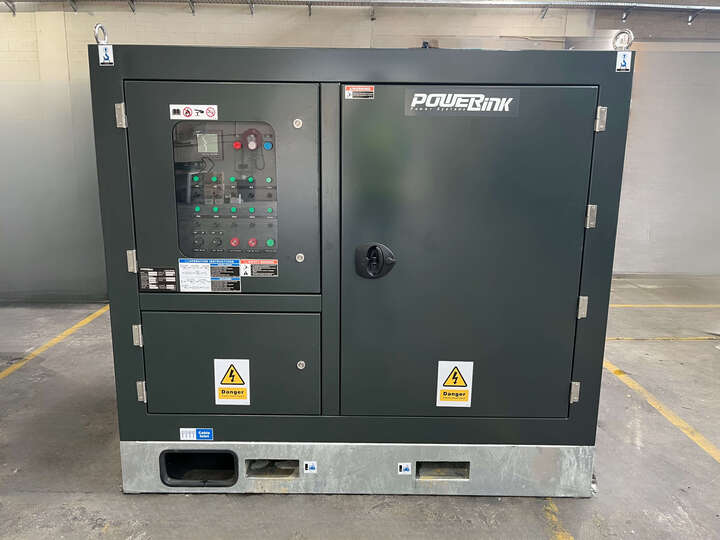Load Banks: Testing the Heartbeat of Power Systems
Corps
These devices simulate real-world electrical loads, providing a means to test, troubleshoot, and optimize power generation and distribution systems.
This article explores the significance of load banks in various industries and their crucial role in maintaining the heartbeat of power systems.
The Basics of Load Banks
Load banks are specialized devices designed to apply a controlled electrical load to a power source, such as generators, turbines, and batteries.
By mimicking real-world conditions, load banks enable engineers and technicians to assess the performance, capacity, and efficiency of power systems.
This testing process helps identify potential issues, validate equipment capabilities, and ensure the reliability of backup power sources.
Applications in Power Generation
In power generation, load banks play a fundamental role in testing and commissioning new equipment.
Whether it's a new generator, a gas turbine, or a combined heat and power (CHP) system, load banks allow engineers to subject these components to various loads, ensuring they meet performance specifications before integration into the grid.
Load Testing for Critical Facilities
Critical facilities, such as hospitals, data centers, and emergency response centers, rely on load banks to validate the readiness of backup power systems.
Regular load testing ensures that generators seamlessly transition to operation during power outages, preventing disruptions to essential services and safeguarding public safety.
Optimizing Efficiency in Industries
Industries with variable power demands, such as manufacturing and mining, utilize load banks to optimize the efficiency of their power systems.
By subjecting generators and electrical infrastructure to varying loads, operators can identify inefficiencies, improve fuel consumption, and enhance overall system performance.
Renewable Energy Integration
The transition to renewable energy sources presents unique challenges for power systems. Load banks are crucial in testing the integration of solar, wind, and other renewable sources with existing infrastructure.
These tests simulate real-world conditions, allowing engineers to evaluate the system's ability to handle fluctuations and ensure a stable, reliable power supply.
Remote Power Systems and Military Applications
In remote areas and military operations, where a reliable power supply is critical, load banks are used to test standalone power systems.
These tests ensure that generators and battery systems can meet the specific energy demands of isolated locations, including forward military bases and off-grid installations.
Environmental Considerations
Load banks contribute to environmental sustainability by optimizing power systems for efficiency.
Through load testing, operators can identify and address inefficiencies, leading to reduced fuel consumption and lower emissions. This aligns with global efforts to promote cleaner, more sustainable energy practices.
Conclusion
Load banks are the unsung heroes of power systems, playing a vital role in ensuring the reliability, efficiency, and sustainability of electrical infrastructure.
From testing new equipment to validating backup power systems and facilitating the integration of renewable energy, load banks are indispensable tools across various industries.
As our reliance on diverse power sources continues to grow, load banks will remain essential for maintaining the heartbeat of power systems worldwide.












commentaires